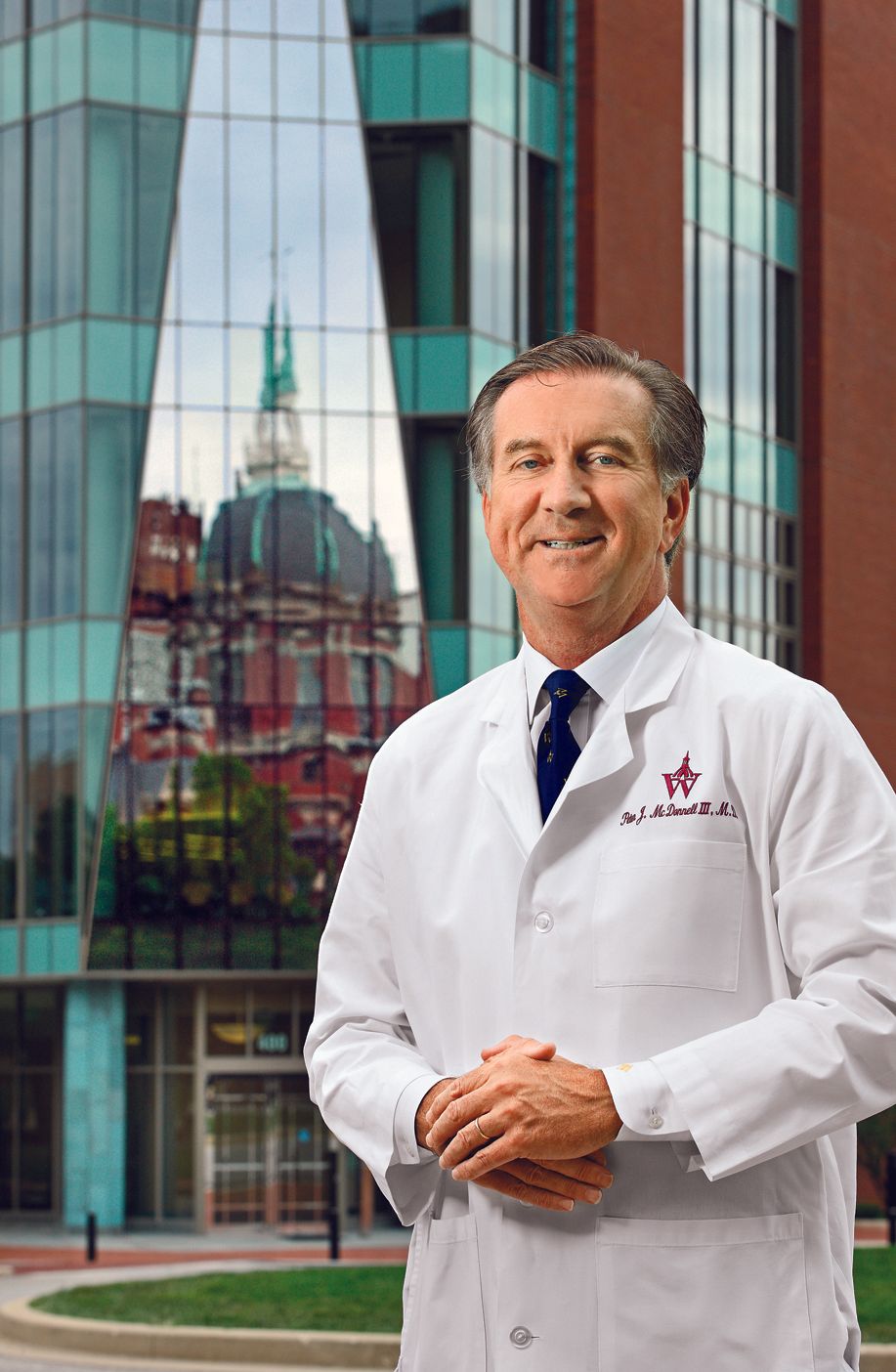Article
Working hard, hardly working?
Where the experts may have gotten this one wrong

Dr. McDonnellIn 1930, economist John Maynard Keynes and evolutionary biologist Julian Huxley independently predicted that technologic advancements and increased productivity would result in humans working only 2 days per week.1
In 1965, a Senate subcommittee piped in with its analysis that Americans would work 14 hours per week by the year 2000 and take at least 7 weeks of vacation. No less an authority, my father, in a speech in the mid-1960s, asserted that thanks to labor-saving devices like washing machines and dishwashers, Americans would soon be struggling with the issue of how to use all their free time.
According to Huxley: “The human being can consume so much and no more. When we reach the point when the world produces all the goods that it needs in 2 days, as it inevitably will, we must curtail our production of goods and turn our attention to the great problem of what to do with our new leisure.” Pretty self-evident stuff.
How’s that working for you?
So how did these experts’ predictions work out for you? Bored to tears with all the free time on your hands and nothing to do? Are you ophthalmologists currently getting your 14 hours of work per week done in 2 days or 1 long day in the office?
Of course, the experts got this one wrong. Ophthalmologists today work an average of 47 hours per week. That’s more hours than dermatologists (45.5) and emergency medicine physicians (46), but less than orthopedic surgeons (58) and urologists (60.5).2
So what went wrong to make liars out of geniuses like Keynes and Huxley and even defy a Senate subcommittee (the nerve!)? It is not as though we ophthalmologists have failed to introduce timesaving technology into our profession.
- In 30 years, cataract surgery has changed from a 3-day hospitalization to a 3-hour visit to a surgery center.
- Vitrectomies that once took 6 hours now take 45 minutes.
- Brain tumors effecting vision-their diagnoses once taking many hours of examination, including pneumoencephalography-are now identified promptly by ubiquitous computed tomography and nuclear magnetic resonance imaging devices located in every shopping mall.
Prediction and reality
My explanation for the huge discrepancy between prediction and reality, I am sad to say, is that Huxley’s (and my father’s) basic premise that humans can only consume “so much and no more” was naïve.
When it comes to food and drink, we are able to consume vastly larger quantities than did our grandparents (hence, the obesity epidemic).
Along with our waistlines, our homes have expanded as well, growing from an average of about 800 square feet in the early 20th century to 1,000 square feet in 1950 and 2,200 square feet in the year 2010.3 I admit to having a much nicer car than I “need,” and if my father were alive today he would probably be disappointed in me for the extravagance.
Plus, ever-larger flat-screen TVs and the latest smartphones and tablets have become modern-day necessities, have they not?
Bottom line: Most ophthalmologists are looking at a 5-day workweek for the foreseeable future, and leisure time remains a limited and precious commodity. How best to spend it? By reading Ophthalmology Times, of course!
References
1. The four-day work week. July 9, 2013. CNN. http://money.cnn.com/2013/07/09/news/economy/shorter-work-week/index.html
2. Physician work hours (From Dorsey ER et al. JAMA. 2003;290:1173–1178).
http://www.medfriends.org/specialty_hours_worked.htm
3. Mason MK. Housing: Then, Now, and Future.
http://www.moyak.com/papers/house-sizes.html
Subscribe to Ophthalmology Times to receive the latest clinical news and updates for ophthalmologists.
Newsletter
Don’t miss out—get Ophthalmology Times updates on the latest clinical advancements and expert interviews, straight to your inbox.




